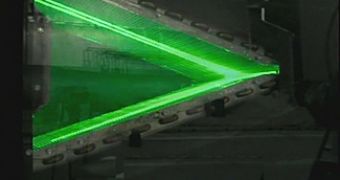Air heat pumps are usually extremely energy efficient, being able to provide with one and a half to three times more heating energy than the energy required to power them, because they do not actually produce the heat by burning fuel, but by moving masses of air over heat exchangers. A heat pump basically works on the basis on Stirling cycles moving a fluid between two heat exchangers.
One of the heat exchanger is placed in a closed space, while the other outside. To maximize the heat transfer process, the heat exchangers must have as large as possible surface areas and usually imply the used of metal tubing formed into coils. To boost even further the energy transfer, the coils receive metal fins. While operational, the device extracts heat from one of the heat exchangers in order to heat the other.
Cooling fluid is being circulated through the two with the help of a pump, and forces it to compress in one of the two heat exchangers. However, the compression process of a gas is quickly followed by a release of energy in the form of heat. As it passes into the second heat exchanger, the fluid is being vaporized and is cooling. The roles of the heat exchangers can be easily switched by reversing the flow.
Although heat exchangers are relatively highly efficient, apparently NIST thinks otherwise, and thus decided to boot its performance by altering the air flows over the heat exchangers. In order to do that, it first developed a testing rig that tracks the flow of air and its distribution, to compare the results with computer simulations. Eventually, the computational fluid dynamics software was able to confirm the results obtained in the real life test, thus NIST engineers concluded that there was a need for change in the design of the heat exchangers to enhance air circulation.
Such modifications in the heat exchanger design could ultimately result in a five percent increase in the cooling capacity of the air heat pump, which immediately translates in smaller heat exchangers, less material required during the manufacturing, and lower overall costs. NIST estimates that their design will be available on the market as soon as 2009.

 14 DAY TRIAL //
14 DAY TRIAL //